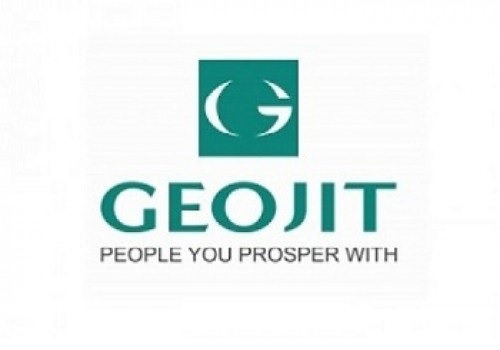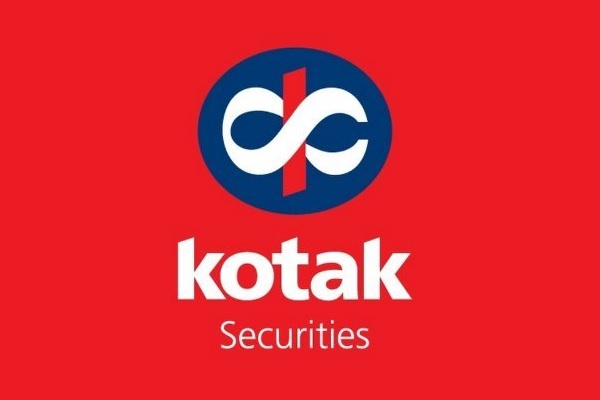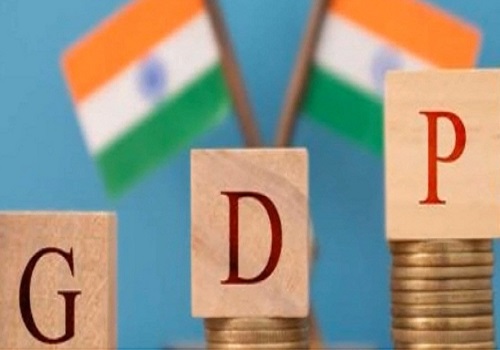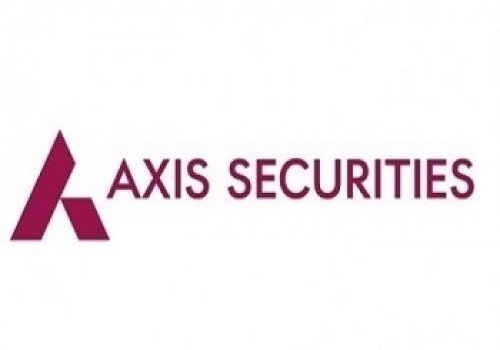NBFC Sector Update : RBI draft on gold loans: Stricter norms ahead By JM Financial Services
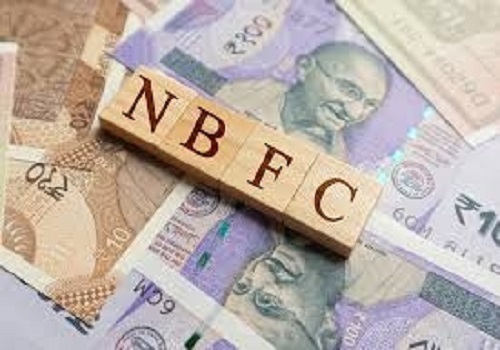
On 9th Apr’25, the RBI released new draft guidelines (Link) which intend to harmonize guidelines for gold loans across regulated entities (banks, NBFCs, UCBs etc.) and also to address various lending practice related concerns as highlighted by the RBI earlier. Comments on draft directions are invited till 12th May’25. We believe that though these guidelines are beneficial over the long-term, it is likely to impact gold loan growth for lenders (especially NBFCs/mid banks) in the near term. Largest exposure to GL in our coverage universe are Fedfina, CUB, SBFC and Federal bank.
* A brief on gold loan market: As at Sep’24, the total system (across banks/NBFCs) gold loan outstanding stood at ~INR 3.2trn and has grown at rapid +27% CAGR during FY20- 1HFY25 (Refer exhibit 1). Banks have been even more aggressive than NBFCs in this segment with its portfolio growing higher at +39% CAGR over FY20-1HFY25 leading to market share gains for banks. However, despite growing fast, gold loans remain <1% of its total credit for banks. For NBFCs as sector, gold loans constitute ~4% of its total credit. This rapid growth in gold loan segment had prompted the RBI to direct banks/NBFCs to review their gold loan policies and processes in Sep’24.
* Background: On 30th Sep’24, the RBI came up with a notification (Link) highlighting various irregular practices observed in grant of gold loans. The key concern of RBI were: 1) shortcomings in use of FinTechs/BCs for sourcing and appraisal of loans; (ii) valuation of gold without the presence of the customer; (iii) inadequate due diligence and lack of end use monitoring of gold loans; (iv) lack of transparency during auction of gold ornaments and jewellery on default by the customer; (v) weaknesses in monitoring of LTV with multiple instances of LTV breach; and (vi) incorrect application of risk-weights, etc. Share of gold loans disbursed in cash was high and in many cases against the IT laws. Practices of rolling over loans were observed at the end of tenor, with only part payment leading to ever greening.
* What will change as per draft directions? These new directions will not only harmonize regulations across lenders but also make gold loans more transparent to the endborrowers. These guidelines will be applicable for loan against silver as well. Following are the key proposed changes:
* Loan purpose classification and strict end-use monitoring: The draft directions divided gold loans into two categories depending upon end usage.
* Income generating loans: Loans extended for the purpose of income generation, like farm credit, loans for business/ commercial purposes, loans for creation/ acquisition of productive assets etc. Further, as per RBI PSL guidelines (Link), gold loans given as farm credit can be classified as PSL loans as long as end use is monitored. Documentary evidence of end use has to be there in record.
* Consumption loans: Loans extended to individuals for the purpose of meeting emergency requirements, medical needs, purchase of consumer durables, personal consumption needs and other similar requirements, which do not directly help in income generation. Further, any permissible loan that does not fit the definition of income generating loan described above, would be treated as “consumption loans”. Further, as documentary evidence might be difficult to obtain for consumption loans, a threshold would be decided by the lender, above which, end-use has to be monitored
* LTV Norms and provisioning requirement in case of breach: As per existing regulations, banks were subjected to stringent regulations of maintaining a specific LTV throughout the tenure of the loan considering both accrued interest and outstanding principal which was not the case with NBFCs. Earlier, NBFCs were ensuring LTV only at the of sanction and based on only principal amount. Now, LTV of 75% has to be maintained across the lenders, throughout the tenor and calculated using accrued interest and outstanding principal both.
* If LTV gets breached for >30 consecutive days, the entire outstanding amount would attract an additional standard asset provisioning of 1%. Such additional provisioning shall be reversed after LTV is met and remains met for 30 days.
* There will not be any renewal, if LTV is in breach at maturity.
* Credit appraisal of borrowers should be done according to borrower’s repayment capability. Lending should not be alone on the basis of value of gold but linked to repayment capacity.
* Sectoral limits needs to be set for gold loans just like lenders are required to set sectoral limits for sensitive sectors (real estate, capital markets etc.) as per existing guidelines.
* Top up loans: Not allowed for NPA loans and only allowed if account is standard and headroom is within allowed LTV limit. This is done to stop ever-greening and existing practice of giving top loans without any fresh appraisal.
* Concurrent use of gold as collateral is not allowed for different end usage, even if LTV remains within allowed limit. Lenders would not be allowed to lend against repledged gold. It is mandatory to record ownership. No loan should be granted, in case ownership is doubtful.
* Bullet repayment loans: Only allowed for consumption loans not for income generating loans and will have maximum tenor of 12 months. Bullet repayment loans given by cooperative banks and RRBs would be subject to a upper limit of Rs 5 lakh/ borrower.
* Valuation and Assaying of Gold collateral should be done in presence of borrower. Standard procedure would be followed and there will not be any deviation in entire process at the time of sanction of loans and at the time of collateral return or in auction, if needed.
* Fair lending practices like maintaining borrower communication, standard documentation, full disclosure on website, valuation norms, return of collateral within 7 days of full repayment, proper compensation in case of damaged/lost collateral etc. were introduced.
Please refer disclaimer at https://www.jmfl.com/disclaimer
SEBI Registration Number is INM000010361
